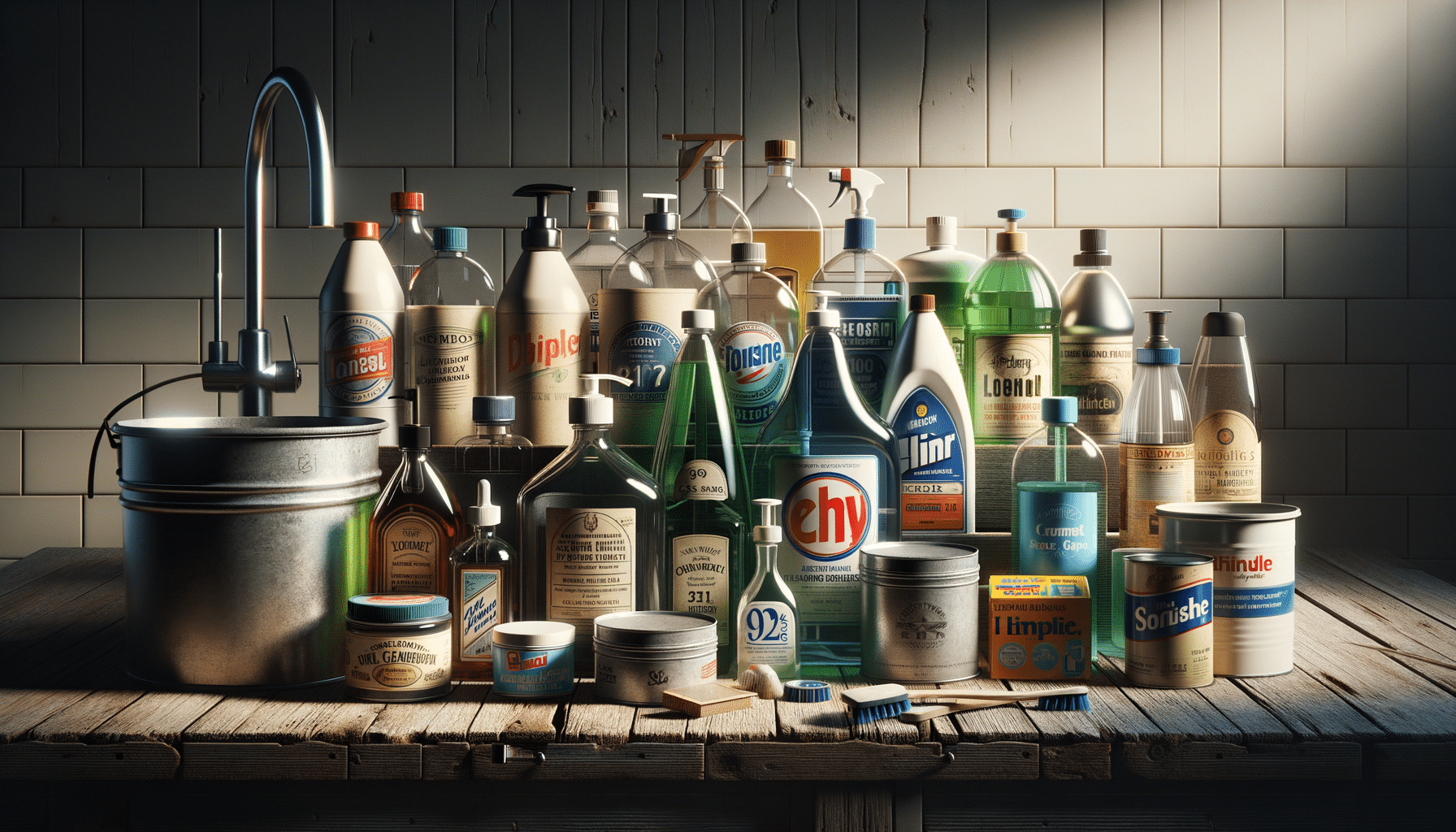
Understanding Drain Cleaner Ingredients and How They Work
Introduction to Drain Cleaners
Drain cleaners are essential household products designed to clear clogged pipes and maintain the smooth flow of water. Understanding the ingredients and mechanisms of these cleaners is crucial for their effective and safe use. The right knowledge can prevent damage to plumbing systems and ensure environmental safety. As we delve into the specifics, we will uncover how these products work and the role of their components.
Chemical Composition of Drain Cleaners
Drain cleaners typically contain a combination of chemical ingredients such as sodium hydroxide, sulfuric acid, and bleach. Each component plays a specific role in breaking down and dissolving clogs. Sodium hydroxide, commonly known as lye, is a powerful base that reacts with the organic matter in clogs, generating heat that helps dissolve grease and hair. Sulfuric acid, on the other hand, is a strong acid that breaks down proteins and fats, effectively clearing blockages.
It’s important to note that these chemicals can be hazardous if not handled properly. Users should always follow safety instructions and use protective gear when dealing with chemical drain cleaners to prevent skin burns and respiratory issues.
How Drain Cleaners Work
When a drain cleaner is poured down a clogged drain, the chemical reactions begin almost immediately. The heat generated by these reactions helps to melt grease, while the chemicals break down hair and other organic materials. This process can be quite effective, but it’s crucial to allow the cleaner sufficient time to work before flushing the drain with water.
There are also enzymatic drain cleaners that use natural enzymes and bacteria to break down organic matter. These are a safer alternative for both the user and the environment, though they may take longer to clear severe clogs.
Environmental Impact and Safety Considerations
While chemical drain cleaners are effective, they can have negative impacts on the environment. The harsh chemicals can contaminate water supplies and harm aquatic life if not disposed of properly. It’s essential to consider eco-friendly alternatives, such as enzymatic cleaners or mechanical methods like plungers and drain snakes, to minimize environmental harm.
Additionally, improper use of chemical cleaners can damage pipes, especially if they are old or made of certain materials. Always read labels and follow guidelines to ensure safety and protect plumbing systems.
Choosing the Right Drain Cleaner
When selecting a drain cleaner, consider the type of clog and the material of your pipes. Chemical cleaners are suitable for tough clogs but should be used sparingly. For regular maintenance or minor blockages, enzymatic cleaners or mechanical methods are recommended.
Consider the following tips when choosing a drain cleaner:
- Assess the severity of the clog and choose a cleaner accordingly.
- Check the compatibility of the cleaner with your plumbing materials.
- Opt for eco-friendly options whenever possible.
By understanding the ingredients and how they work, you can make informed decisions that protect both your home and the environment.
Conclusion: Making Informed Choices
Understanding the ingredients and mechanisms of drain cleaners empowers homeowners to make informed choices. By considering both the effectiveness and environmental impact, you can maintain clear pipes while minimizing harm. Always prioritize safety, follow usage guidelines, and explore eco-friendly alternatives to ensure the well-being of your household and the planet.


